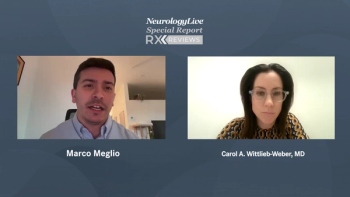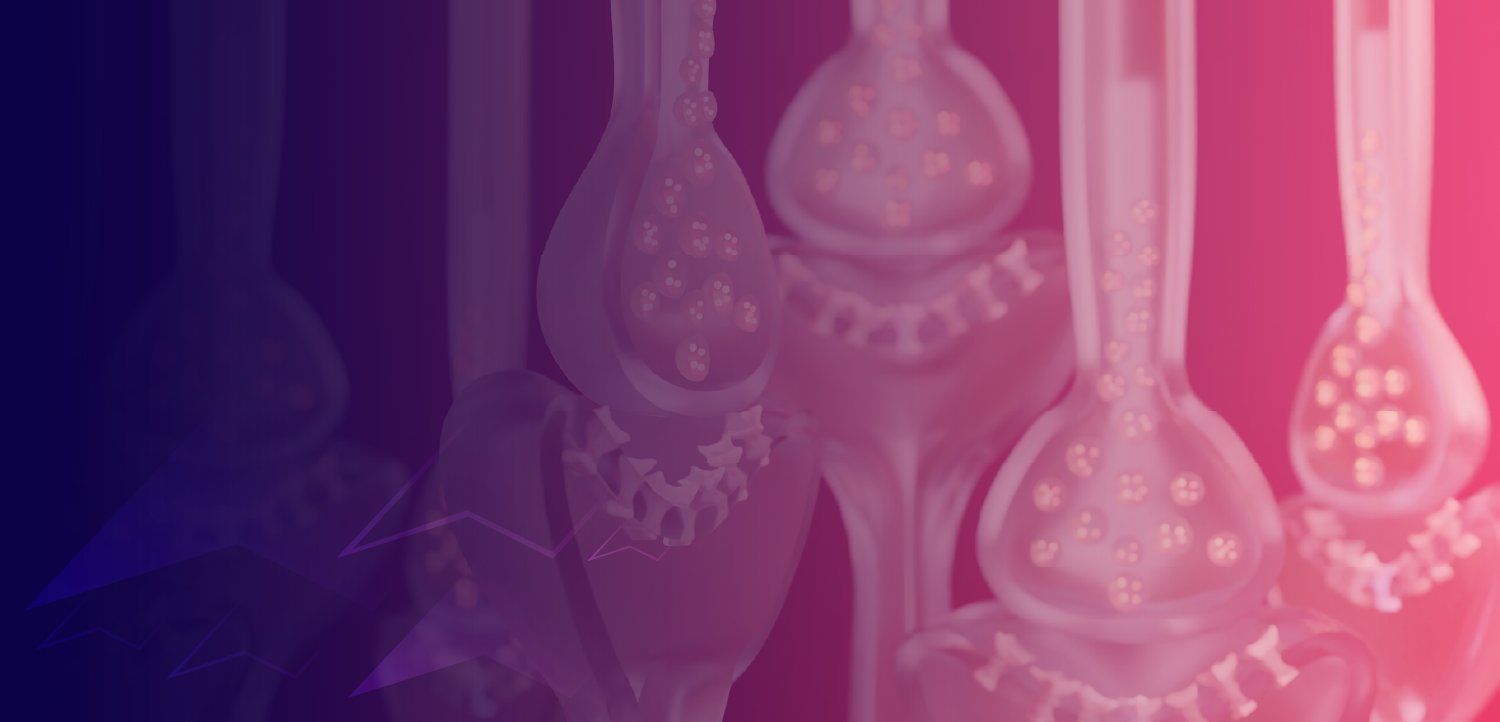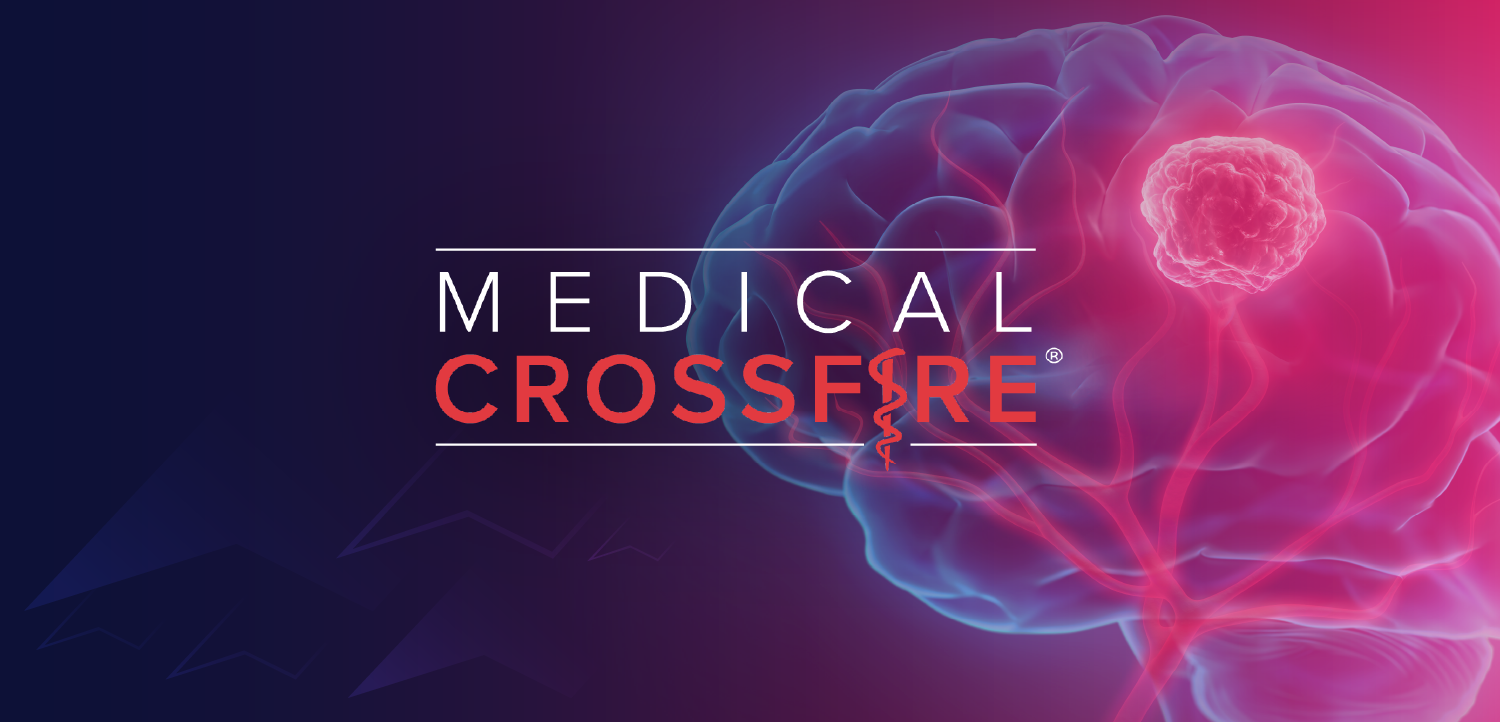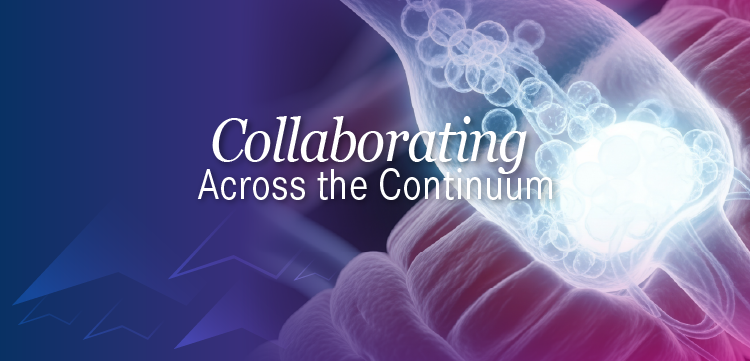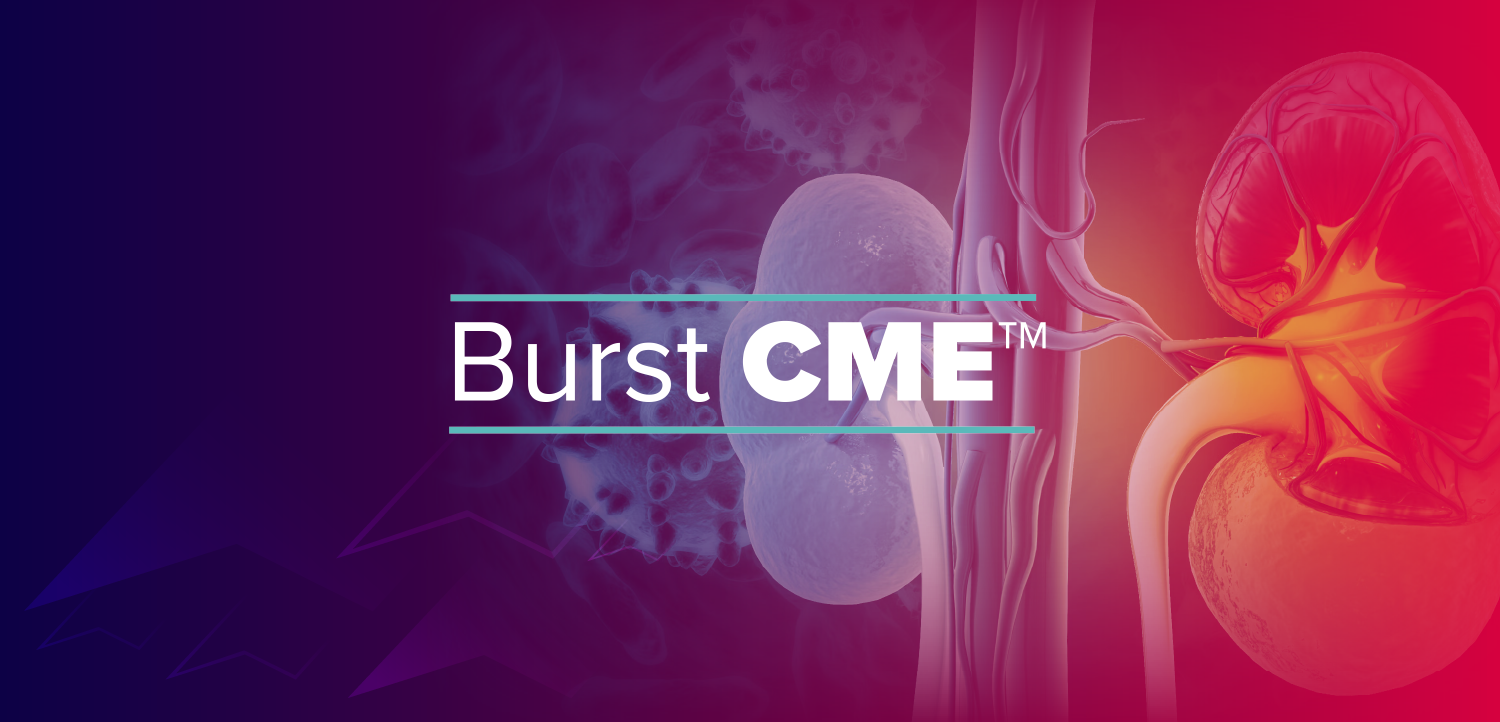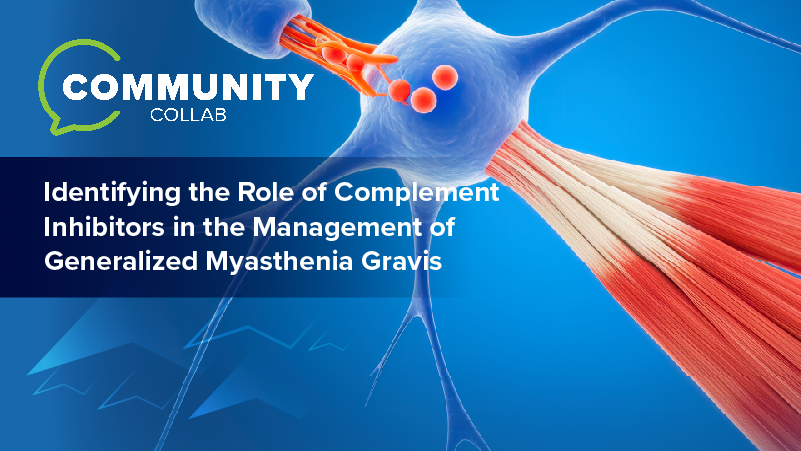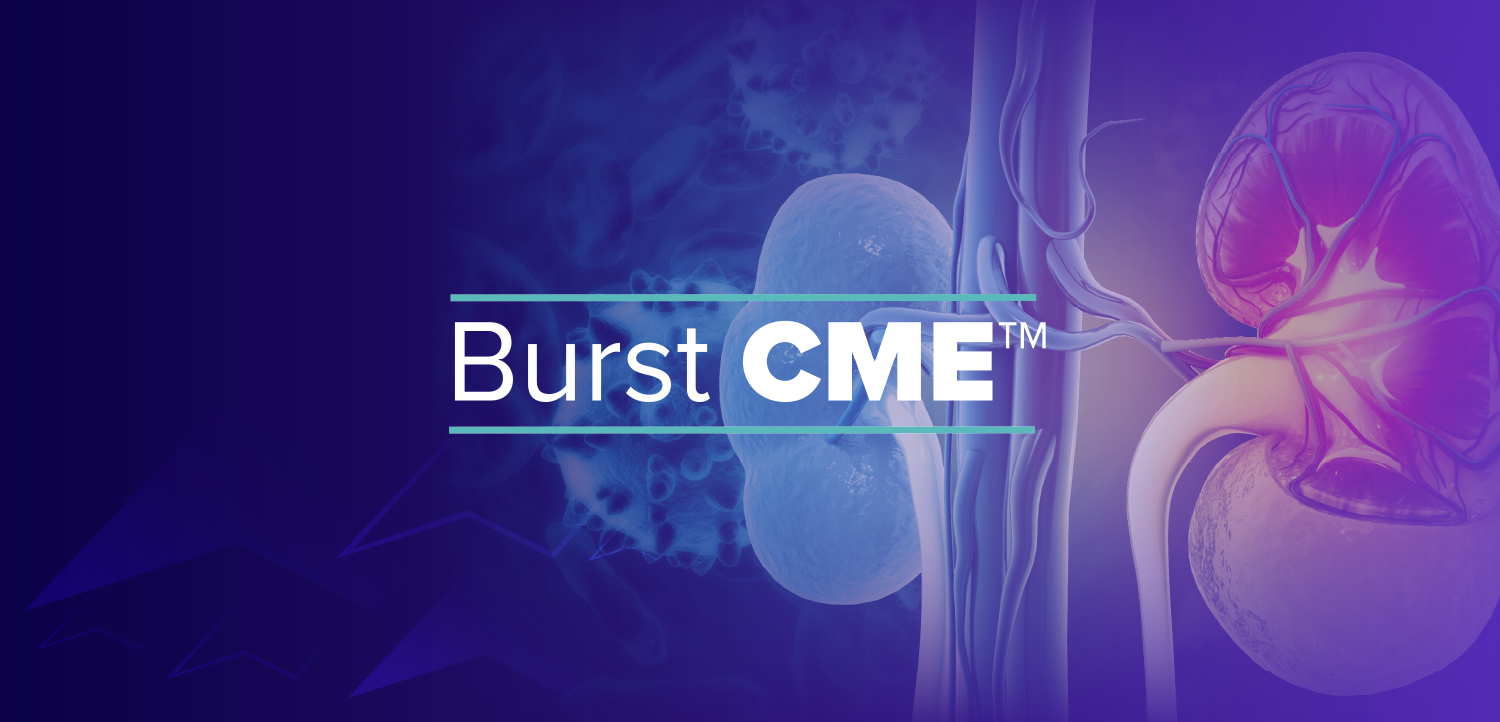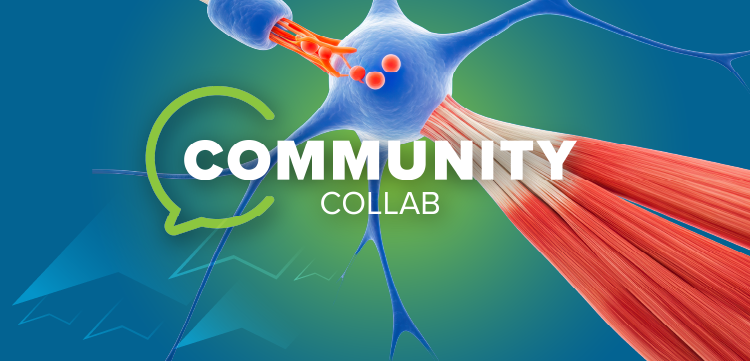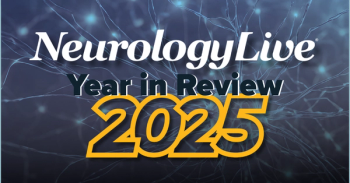
Openwater’s LIFU Technology at MIT: A New Era for Consciousness and Neurological Care
Daniel Freedman, PhD, of MIT, gave clinical commentary on how Openwater’s Open-LIFU enables new research into conscious perception and potential clinical applications for conditions like pain and depression.
MIT Lincoln Laboratory recently launched a new initiative aimed at tackling one of neuroscience’s most difficult questions: how conscious experience arises from brain activity. As part of this interdisciplinary effort, researchers have begun working with Openwater’s Open-LIFU, a noninvasive neuromodulation technology that enables precise access to deep brain regions. The use of focused ultrasound represents a notable shift in how scientists can study—and potentially influence—hard-to-reach neural circuits.
The Open-LIFU platform is expected to play a key role in experiments that span clinical, scientific, and technological domains. With interest growing in both its research applications and its therapeutic potential, institutions like MIT are now testing how this tool might advance our understanding of complex brain functions while opening doors to new treatment pathways.
Daniel Freeman, PhD, a technical staff member in the Advanced Materials and Microsystems Technologies Group at MIT Lincoln Laboratory, shares how his team plans to use Open-LIFU to identify the brain structures responsible for conscious perception. He discusses the advantages of ultrasound over electromagnetic neuromodulation, the tool’s potential to uncover mechanisms of pain, and how these findings may shape future treatments. Freeman also addresses key clinical use cases, the learning curve for clinicians, and the need to standardize LIFU approaches to enable broader adoption in both research and patient care.
NeurologyLive: Discuss some of the technological capabilities of this lab and how it plans to implement Openwater’s Open-LIFU to treat various conditions?
Daniel Freeman, PhD: We are part of a team of researchers at MIT that is launching a broad, campus-wide effort to make breakthroughs in consciousness; that is, we want to solve one of the most intractable problems in science: understanding how brain activity produces any sensations at all by first identifying the neural structures that causally produce conscious perception. Our team is composed of about 10 faculty across several departments, including biologists, physicists, and philosophers, and one of the key tools involved in this effort is transcranial ultrasound because it enables, for the first time, precise targeting of deep brain structures, non-invasively and safely, in healthy subjects. Previously, the only non-invasive neuromodulation techniques were electromagnetic in nature, such as transcranial magnetic stimulation or direct current stimulation, but these approaches have very coarse spatial resolution and cannot target deep brain structures.
With transcranial ultrasound, we finally have a tool that will let us probe millimeter-scale structures in the human brain to understand their role in conscious perception. For example, we are planning experiments now in visual perception, where we use traditional experiments in visual psychophysics, but with the added capability of modulating specific neural structures during the visual testing to understand their role in conscious and subconscious processing. Next, we plan to take a similar approach to understand what brain structures and neural circuits are causally involved in producing pain. This will not only help us in our search for the neural substrate of conscious experience, but could also help open new pathways for treatments for those suffering from chronic pain.
Transcranial ultrasound is being tested in a number of clinical studies for a wide range of neurological conditions, and our research is aimed at improving and optimizing how such interventions are applied. Our existing understanding of pain is that it’s produced by a broad network across different cortical and subcortical regions, but we hypothesize that the causal sensation of pain is produced more locally, perhaps in a single region. Transcranial ultrasound will help us evaluate this hypothesis in a way that was not possible 5 years ago. Here is a webpage that describes some of the work we’re doing, and we’ll be able to provide much more detail in another week or two about all the faculty that will be joining this research effort:
What treatment possibilities does LIFU open up for patients and clinicians alike?
LIFU offers a noninvasive way to treat or modulate the brain and body, opening up new possibilities that weren’t possible before without drugs or surgery. For patients, this could mean fewer side effects, faster recoveries, and access to care that would otherwise require hospitalization or invasive procedures. Imagine treating conditions like chronic pain, depression, or tremor without needing to open the skull, implant devices, or rely on medications that affect the whole body. That’s the direction LIFU is heading.
For clinicians, LIFU offers a way to target specific parts of the brain or body in real time and without cutting the skin. Devices like Openwater’s are designed specifically for therapeutic ultrasound, giving clinicians the precision they need to manipulate nerve activity or improve drug delivery, especially in areas like the brain where traditional therapies often struggle to reach.
Is there a learning curve to this type of technology and if so, what should clinicians be aware of?
Yes, there is a learning curve since this technique involves not only MRI and CT scans, but also planning for what neural structures to target, regulator or IRB approvals, and knowledge of the optimal sonication parameters to produce the desired effect. MIT, and our collaborator, Seung-Schik Yoo, at Harvard Medical School, are working to guide newcomers to the field because we see great promise in this tool for both clinicians and in basic science.
What are the greatest unmet research needs with LIFU? Where else can we explore?
One of the most important research needs is figuring out how to standardize and scale LIFU for clinical use. Right now, there’s still a lot of variability in how different groups use LIFU, like how long they apply it, what frequencies they use, and what part of the brain or body to target. That makes it harder to compare studies and draw broader conclusions. Openwater is trying to close that gap by making their devices open-source, which allows different research institutions to access the technology, build on proven systems, and collaborate. More open access means lower costs, more consistency, and faster learning.
There’s also a wide open field of discovery ahead, as shown by MIT’s use of LIFU to study human consciousness. With this technology, MIT is able to modulate brain activity through the skull to learn how different parts of the brain contribute to perception or awareness. LIFU could also play a huge role in stroke recovery, relieving symptoms of PTSD or depression, or even in cancer care. The most promising areas are currently being researched, and the possibilities are growing fast.
REFERENCE
1. MIT Deploys Openwater’s Open-LIFU to Advance Neuroscience Research. Openwater. https://www.clinicalresearchnewsonline.com/news/2025/07/25/mit-deploys-openwater-s-open-lifu-to-advance-neuroscience-research. Accessed August 7, 2025.
Newsletter
Keep your finger on the pulse of neurology—subscribe to NeurologyLive for expert interviews, new data, and breakthrough treatment updates.


